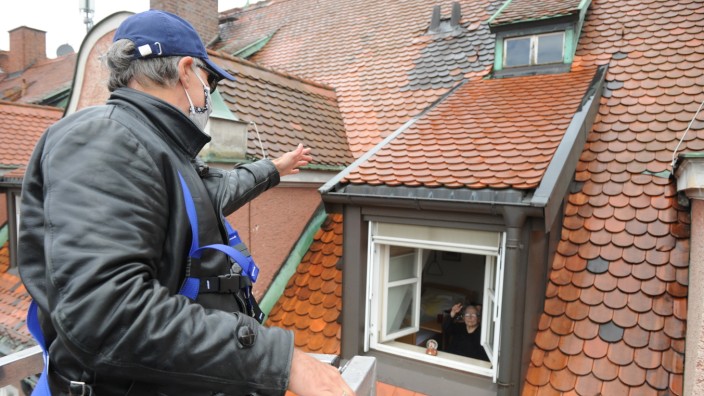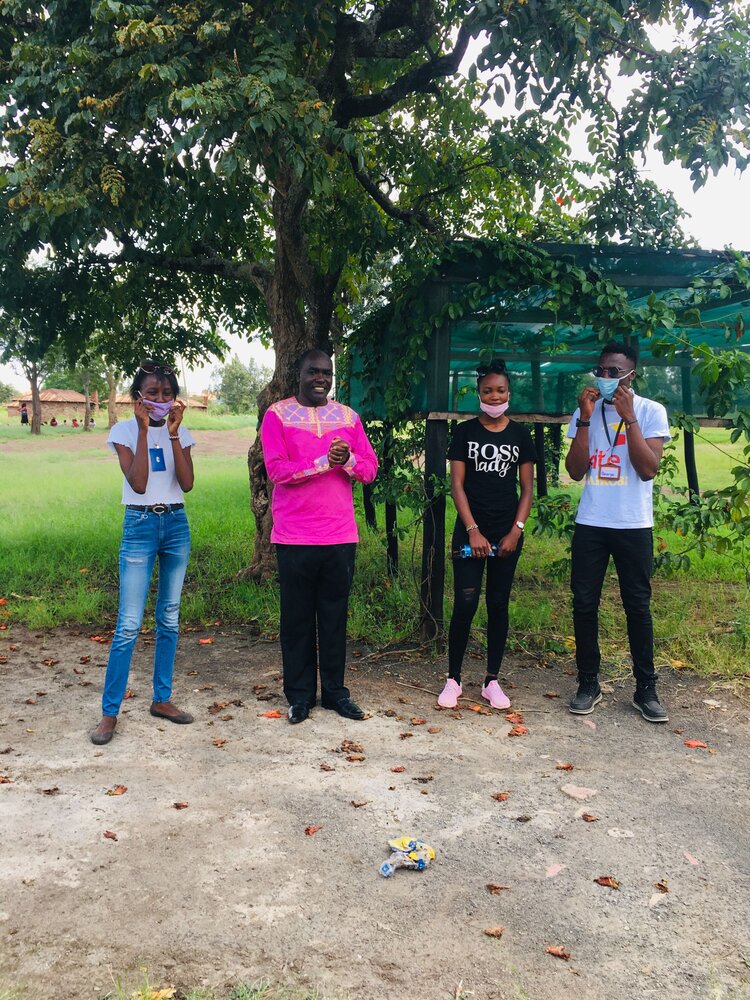I used to participate in a writing workshop and, with the lockdown, we couldn’t get together any more. The facilitator then had the idea of having us write in a common time shared, each at home, and then, during the night, to go and display our poems in the streets of our town or village.
Writing alone at home, I felt the connection with the other people who participated in this experience. It was amazing! Then, by night, I posted my writings on a mobile panel in my village. After two days, someone from the town hall moved the sign but did not remove the poster.
This event taught me that in a common project, we can feel the presence of others from a distance and that the limitations to our freedom of movement can generate unexpected creative initiatives. I don’t think I would have dared to display my poems in the street without this exceptional event.
“He allows himself everything, the world!
From tragic to comic!
Wonder and despair come together in the privacy of our sighs…”
Story shared by Corinne-Lara Tilloy, France
More info at corinne.tilloy@sfr.fr
























